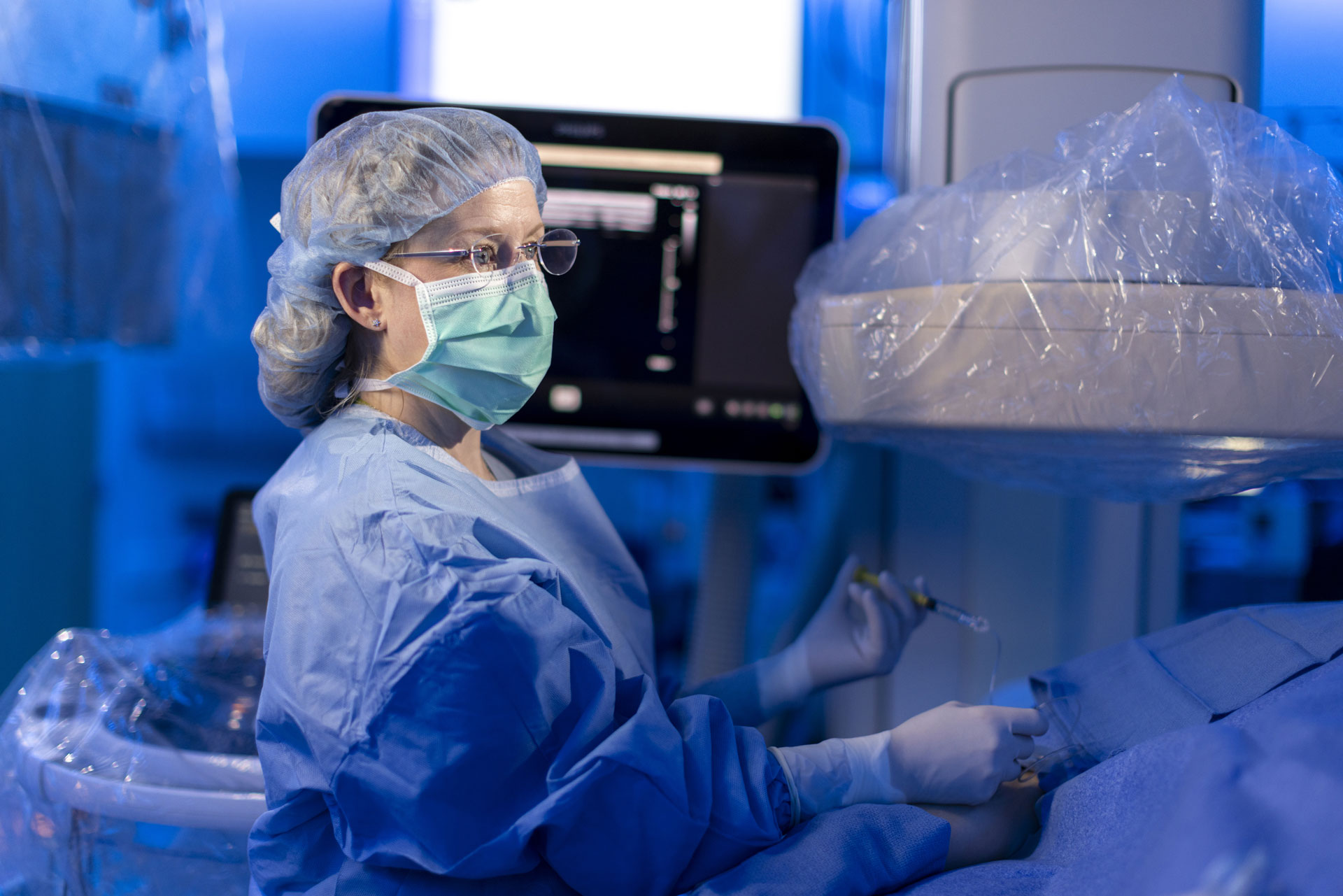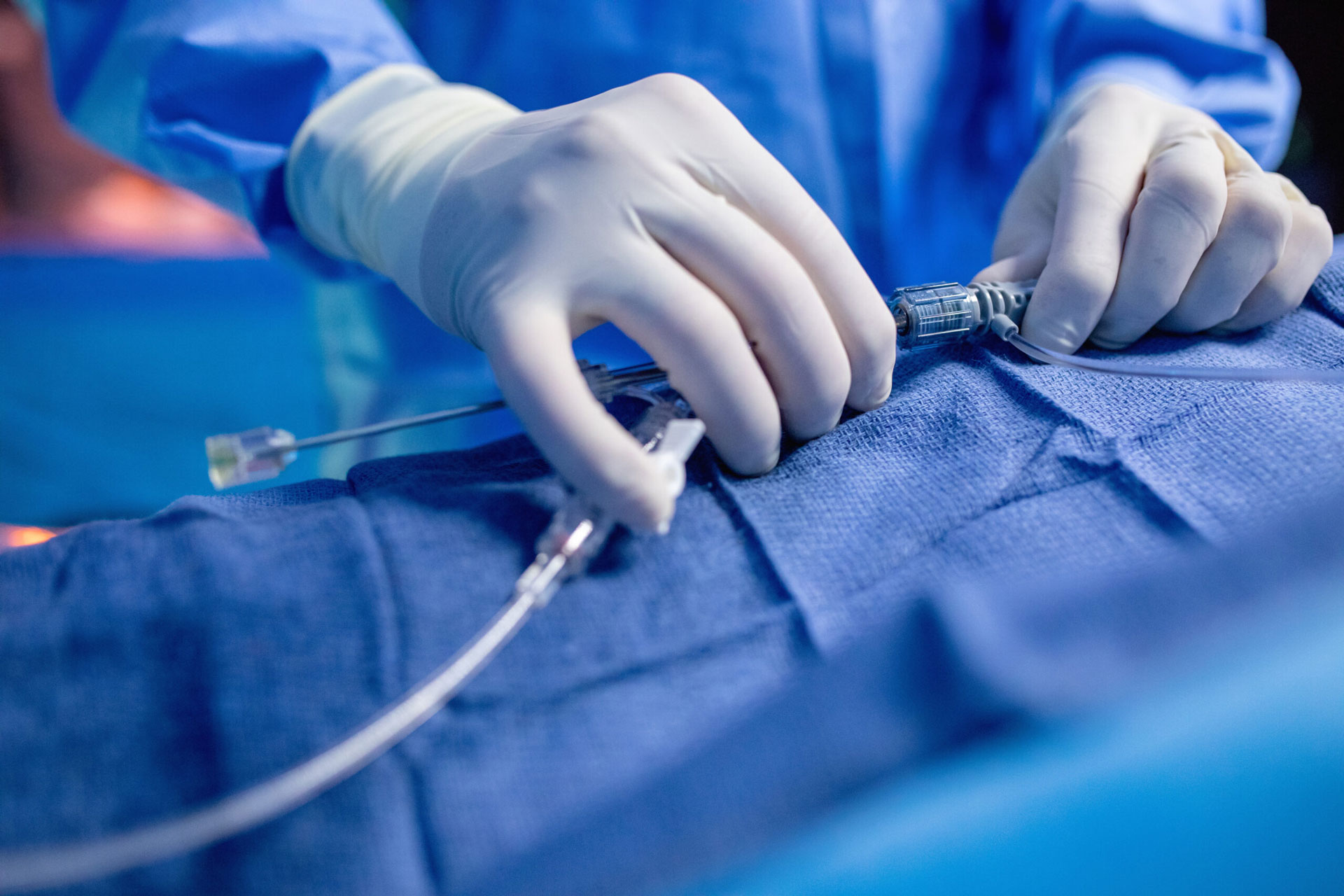Fluid Drainage
Understanding Fluid Drainage
Sometimes after an illness or surgery, fluid can build up and cause discomfort. This guide will walk you through the simple drainage procedure used to remove it, explaining how it works and why it might be recommended for you.
What is Fluid Drainage?
Fluid drainage is a minimally invasive technique to remove fluid that has built up in your body. This means it is not a major surgery. Your doctor will gently guide a very thin, flexible tube into the fluid pocket to drain it away. To place the tube safely and accurately, they use live images from an ultrasound or CT scanner as a guide, much like following a map to ensure precision.

What Conditions does Fluid Drainage treat?
This procedure is used to drain different types of harmful fluid collections. Common reasons include:
To treat an infection
Draining a pocket of pus, known as an abscess.
To manage a leak
Removing fluid that has leaked from an internal organ, such as bile from the liver or urine from the kidneys.
To reduce swelling
Relieving buildup caused by a damaged or blocked vessel that normally carries fluid.
What are the Benefits of Fluid Drainage?
This procedure offers several advantages over traditional surgery, focusing on your comfort and a faster recovery.
Minimally Invasive
It requires only a small nick in the skin, not a large incision.
Faster Recovery
You can usually recover much faster than with traditional surgery.
Less Pain
It is typically less painful and has a lower risk of complications than surgery.
What are the Potential Risks?
This procedure is considered very safe, and serious complications are uncommon. Your care team will take every possible step to minimize any risks. As with any medical procedure, it’s important to be aware of the possibilities, which can include:

Bleeding or Bruising
Some minor bleeding or bruising around the area where the tube is placed is possible, but this typically resolves on its own.
Developing an infection
There is a small risk of developing an infection where the tube enters the skin or in the surrounding area. To prevent this, the procedure is done in a sterile manner.
Injury to Nearby Organs
There is a very rare chance of accidentally touching a nearby organ with the needle or tube.
